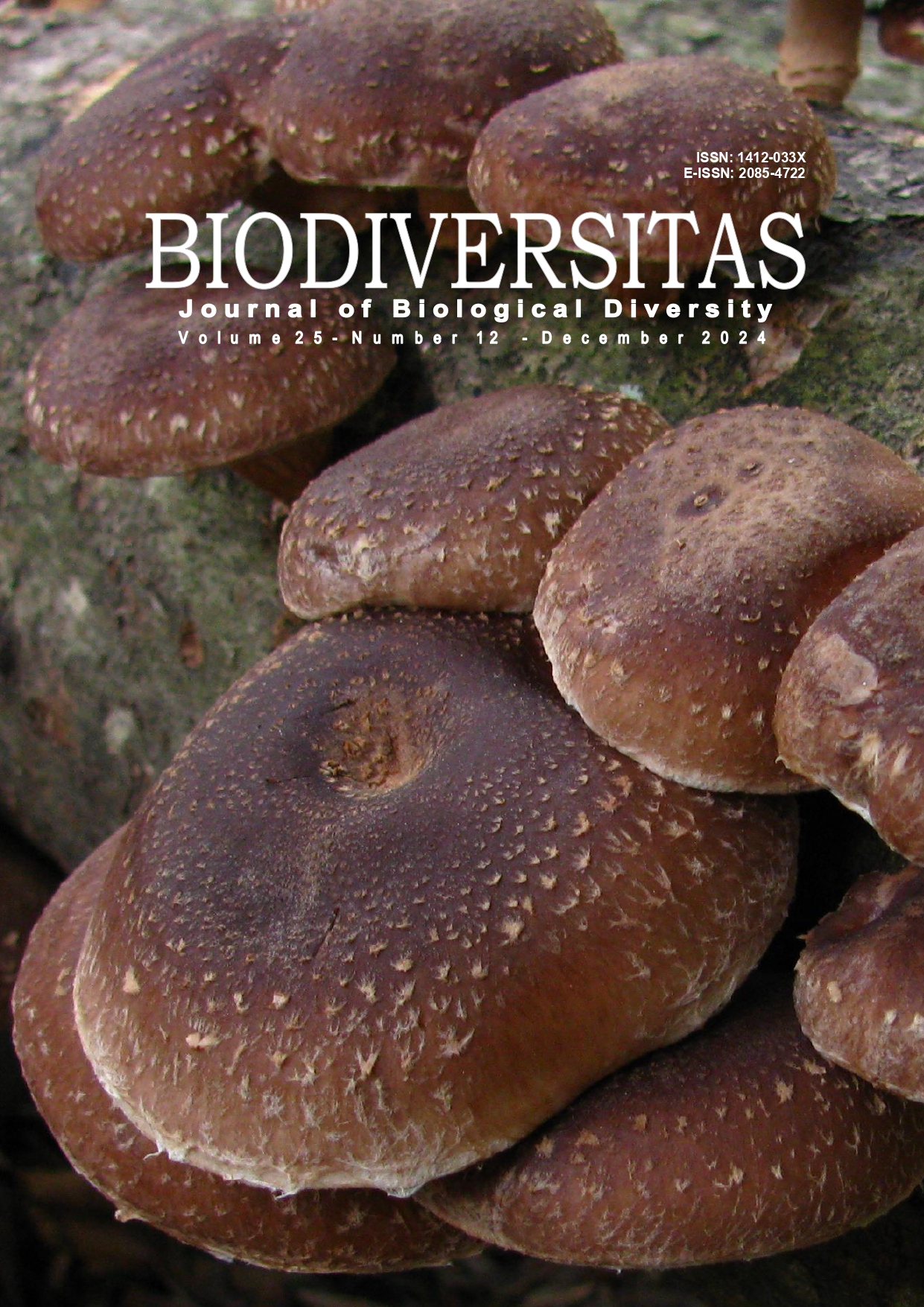Proposal to list the Peruvian tuco-tuco (Ctenomys peruanus, Ctenomyidae, Rodentia) as a critically endangered species
##plugins.themes.bootstrap3.article.main##
Abstract
Abstract. Medina CE, Medina YK, Bocardo EF. 2024. Proposal to list the Peruvian tuco-tuco (Ctenomys peruanus, Ctenomyidae, Rodentia) as a critically endangered species. Biodiversitas 25: 5005-5011. The Peruvian tuco-tuco, Ctenomys peruanus Sanborn and Pearson 1947, is a subterranean rodent endemic to High Andes of southern Peru. This rodent is historically known by four record localities dating back to the 1950s, and a fifth locality in 2011, all based on specimens housed in natural history museums, is now facing a critical situation. Recent surveys in 17 localities in Arequipa, Moquegua, Tacna, and Puno regions revealed the local extinction of C. peruanus at previously recorded sites while identifying two new localities; however, currently, the species only lives in one locality (Callacami, Puno). This remaining population of fewer than 50 mature individuals is under intense hunting pressure for human consumption and traditional medicinal practices, and it is experiencing a continuous loss of the extension and quality of its habitat due to overgrazing and agricultural expansion. Our research is the first effort to fill a 72-year gap with no field data for C. peruanus. Therefore, we propose to categorize C. peruanus as a Critically Endangered species (CR) according to the criteria established by the International Union for Conservation of Nature's Red List of Threatened Species. The authorities and academic community are urged to join efforts to curb the aforementioned anthropogenic threats and devise and implement management and conservation plans for C. peruanus in Peru.

